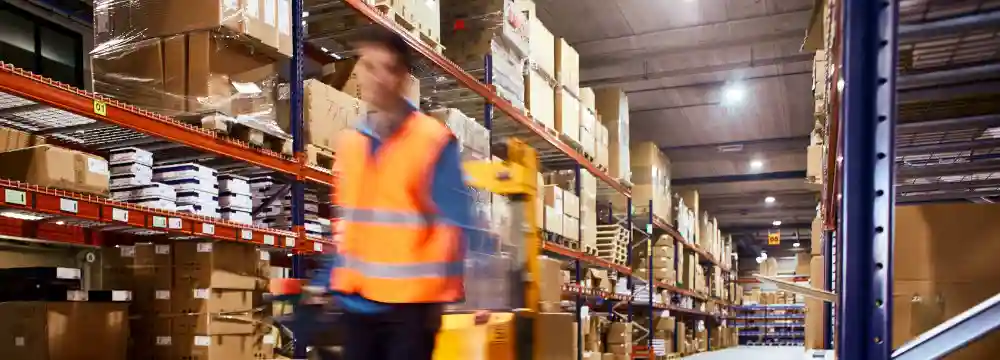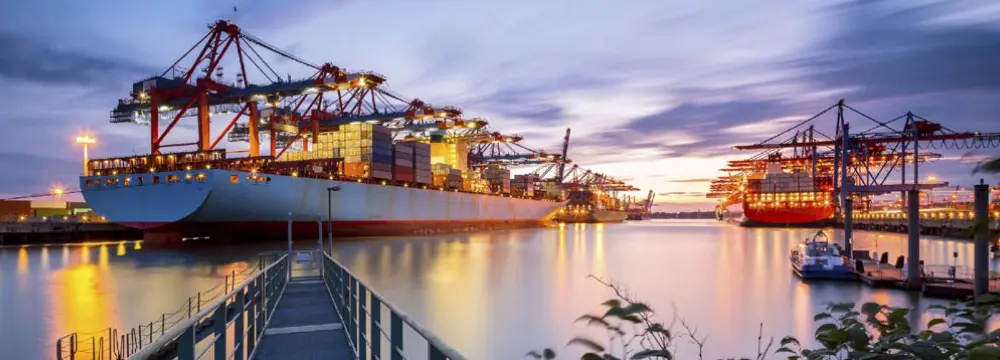China labor cost is a key driver in production–an area China is well known to hold a competitive advantage. However, China’s economic growth has reduced this luxury as the manufacturing workforce has experienced yearly rising wages in China.
From 2006 to 2014–a period of only 8 years–wages in China manufacturing field tripled. Such growth of China labor costs has not dampened price competitiveness as production prices in China are lower now than they were in 2008.
China Labor Costs: Remaining Competitive
Even with such large increases in China labor costs, wage rate in China remains relatively low: the minimum monthly wage is around $280–a quarter of that in American. China wage increases are predominately in the coastal regions whereas inland areas see a much lower wage growth. For this reason, factories are relocating inland to continue to benefit from lower China labor costs.
The manufacturing sector under the most wage related duress are ones on low cost, low technology items where margins are small. Such factories are quickly moving to other Asian countries like Bangladesh, Vietnam, and Indonesia.
More specialized products or ones which require vertical integration are largely unaffected by China labor costs. Most importantly, labor efficiency is rising—averaging an 11% year on year growth—and surpassing direct competitors like Thailand and Indonesia which both have lower productivity levels.
In both nominal and real terms the labor costs are continuously increasing.
Chinese manufacturers have been automating their processes to complement their more skilled workers, reducing their overall prices. This trend will persist in the near- and mid- terms due to the tremendous work force potential in the hinterlands.
Even if China’s labor costs itself were much higher than in competing countries, this would not automatically lead to potential savings to the same extent. There are also many other factors that should be taken into account for the cost of manufacturing.
China benefits from having an advanced supply chain with the factories no longer being simply assembly lines. Components are now mostly made in China itself, reducing costs as suppliers are closely located.
Exchange Rate and the Currency
China’s labor costs have been affected by the exchange rate: from 2008 to 2014, the exchange rate appreciated from ¥7.29/US$1 to ¥6.20/US$1—an increase of 18%. This appreciation is directly linked to export growth which will probably balance out over time.
Demanding workers are not likely to pose fundamental problems for China any time soon.
Other Notes on Wages in China
Employment in China has effectively peaked. The introduction of the “One Child” policy caused the average age to increase as the population stagnated which, has led to no growth in the labor force. Such growth remains unnecessary as the agricultural sector still remains the largest employment sector.
What is also often overlooked is the fact the manufacturing wages are often not solely increased by the manufacturers themselves but due to the Chinese government, as well. China’s internal registration system the Hukou system regulates migration. Liberalization in this policy would reduce wage pressures. Also, the government increases the minimum wage to try and encourage domestic consumption.






